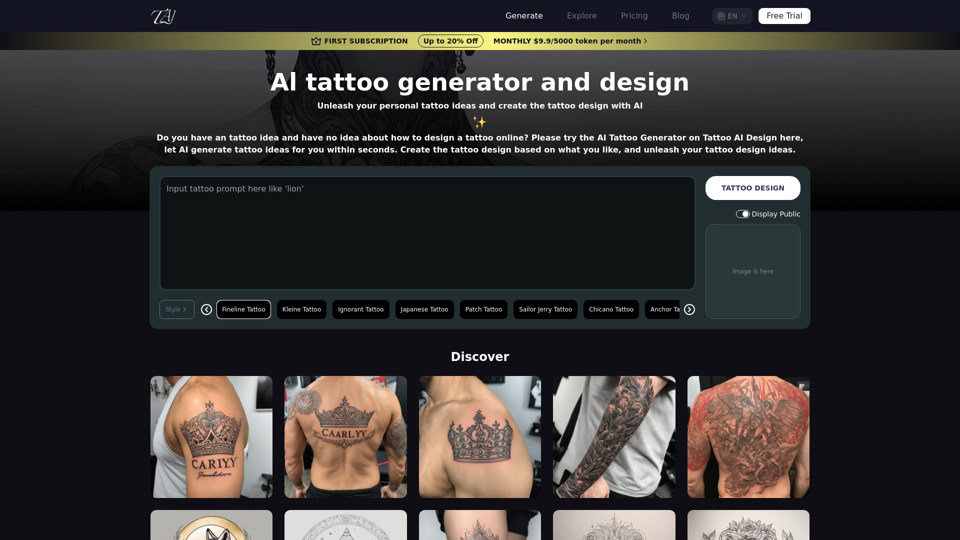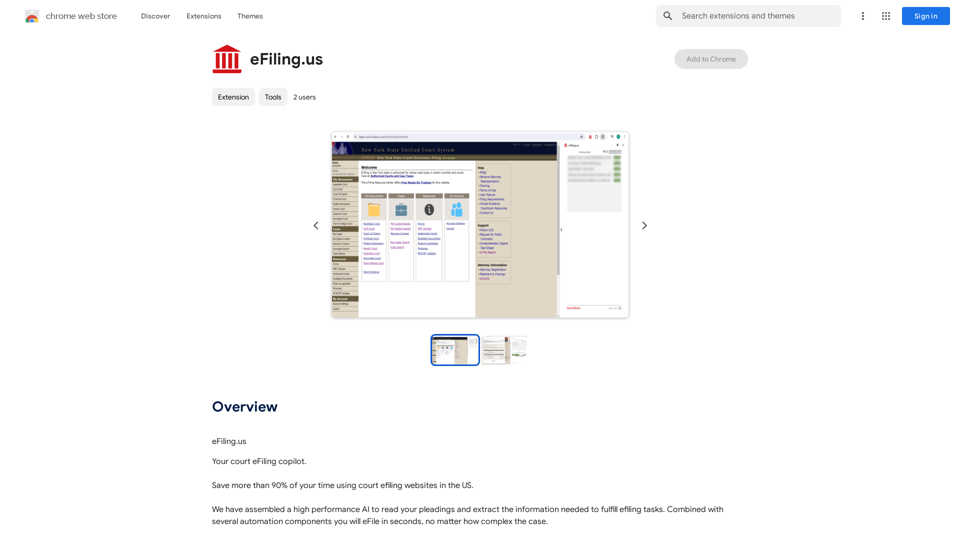FLUX.1 AI is an advanced text-to-image generation model developed by Black Forest Labs. It offers cutting-edge AI technology to create stunning, diverse, and highly detailed images from text prompts. The platform is designed to simplify image creation, making it accessible for various users, from beginners to professionals.
FLUX.1 AI: Advanced Text-to-Image Generation Model
Experience the next level of image synthesis with FLUX.1 AI. Our cutting-edge AI technology creates stunning, diverse, and highly detailed images from text prompts.
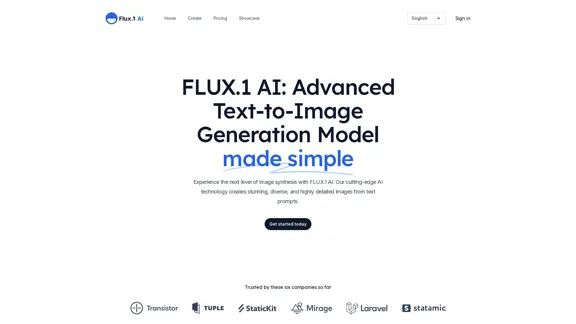
Introduction
Feature
Effortless Image Creation
Users can generate high-quality artwork by entering detailed text prompts and selecting their preferred model. The AI transforms ideas into visuals within moments.
Unmatched Visual Quality
FLUX.1 AI's advanced image synthesis technology produces images with stunning realism, vibrant colors, and exceptional detail, setting a new standard in AI-generated art.
Versatile Style Options
The platform supports a wide range of artistic styles, from photorealistic images to abstract masterpieces, catering to diverse aesthetic preferences.
Complex Scene Generation
FLUX.1 AI can create intricate scenes, including bustling cityscapes and serene natural landscapes, enabling users to generate complex compositions that tell stories.
Multiple Model Options
- FLUX1.pro: Closed-source model with best-in-class performance, advanced prompt-following, and enterprise customization.
- FLUX1.dev: Open-source, non-commercial model distilled from FLUX.1 [pro], offering similar quality and efficiency.
- FLUX1.schnell: Open-source, commercial model for local development and personal use, with fastest generation speed and smallest memory footprint.
Flexible Aspect Ratios
The AI can handle various aspect ratios, making it valuable for creating visuals tailored to different platforms and marketing needs.
Offline Capabilities
FLUX.1 [schnell] can be used offline, ideal for local and personal use.
FAQ
What is FLUX.1 AI?
FLUX.1 AI is a powerful text-to-image generation tool developed by Black Forest Labs. It uses advanced technology to create high-quality pictures from text descriptions, suitable for realistic scenes or imaginative art.
How do I use FLUX.1 AI?
- Write a detailed description of the desired image
- Choose the preferred FLUX.1 AI version
- Generate the image with a button press
Can I use FLUX.1 AI for business?
Yes, FLUX.1 [pro] is available for business projects. For commercial use of FLUX.1 [dev], contact Black Forest Labs for special licensing.
Is there a free version of FLUX.1 AI?
Yes, FLUX.1 [schnell] is available for free under an Apache 2.0 license, perfect for personal projects.
How does FLUX.1 AI compare to other image generators?
FLUX.1 AI stands out with higher quality images, better prompt adherence, diverse styles, and various image size options.
How can I get help or share feedback about FLUX.1 AI?
Contact Black Forest Labs via email at [email protected] for questions, feedback, or suggestions.
Latest Traffic Insights
Monthly Visits
152
Bounce Rate
50.17%
Pages Per Visit
1.01
Time on Site(s)
0.00
Global Rank
7526710
Country Rank
-
Recent Visits
Traffic Sources
- Social Media:9.69%
- Paid Referrals:1.36%
- Email:0.19%
- Referrals:12.73%
- Search Engines:33.38%
- Direct:41.80%
Related Websites
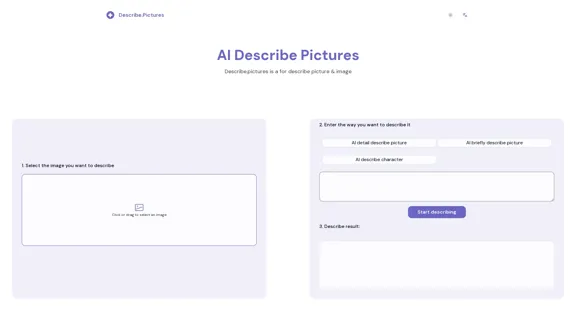
AI Describe Picture & Image | Free AI-generated image description
AI Describe Picture & Image | Free AI-generated image descriptionAI picture & image description generator, helping you quickly generate image descriptions.
7.04 K
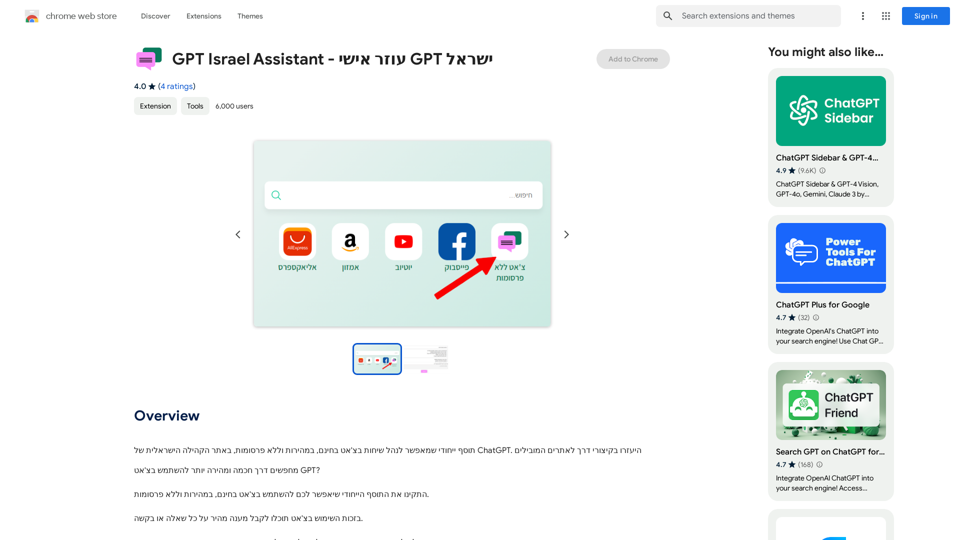
GPT Israel Assistant - Personal GPT Assistant Israel
GPT Israel Assistant - Personal GPT Assistant IsraelUnique add-on that enables managing conversations in chat for free, quickly, and without ads, on the Israeli community website of ChatGPT. Take advantage of shortcuts to leading websites.
193.90 M
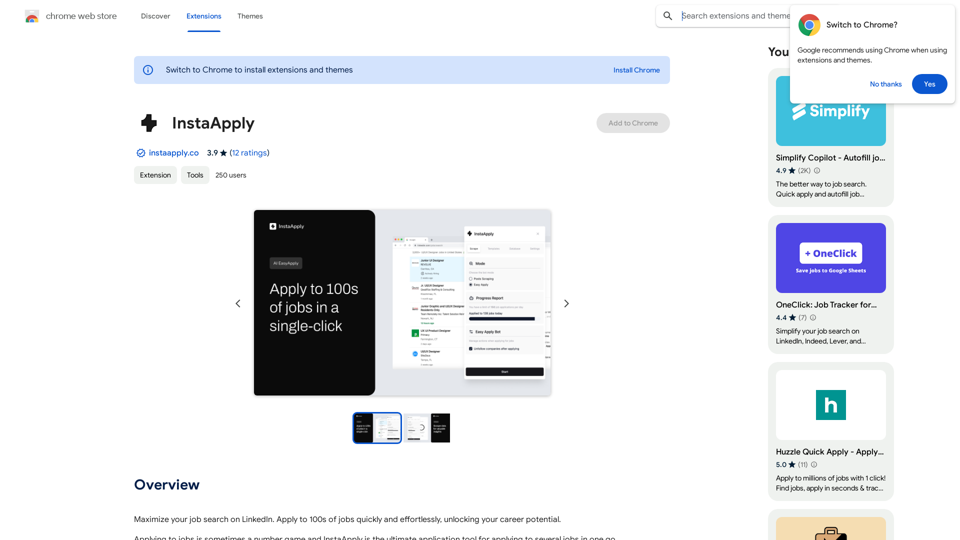
Maximize your job search on LinkedIn. Apply to hundreds of jobs quickly and easily, unlocking your career potential.
193.90 M

PicMa Photo Enhancer - One Click AI Photo Quality Enhancer
PicMa Photo Enhancer - One Click AI Photo Quality EnhancerPicMa AI enhances photo resolution and image quality. Unblur, restore old photos, and colorize black and white images instantly. Try our tool for free.
65.77 K
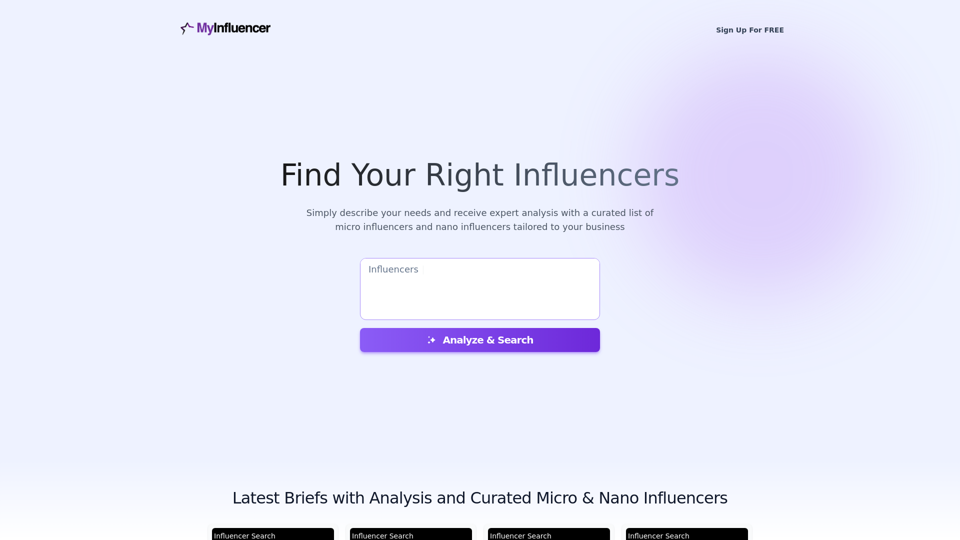
Free Instant Influencer Search Tool - Find the Best Match for Your Influencer
Free Instant Influencer Search Tool - Find the Best Match for Your InfluencerReceive instant research and discover the most relevant influencers with our AI-driven platform. Find YouTube influencers. Find the best fit TikTok & Instagram influencers.
0
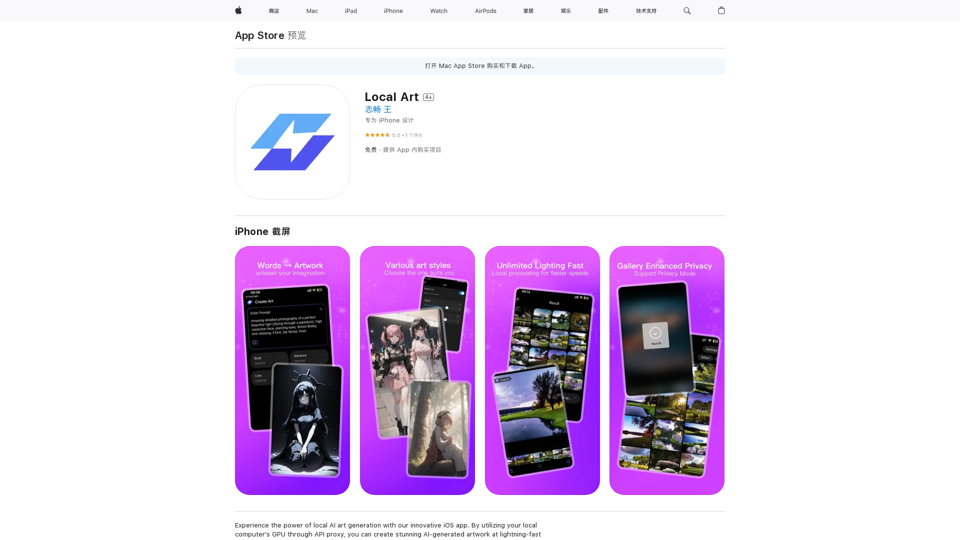
Experience the power of local AI art generation with our innovative iOS app. By utilizing your local computer's GPU through API proxy, you can create stunning AI-generated artwork without relying on cloud services, ensuring faster processing speeds and greater control over your creative vision.
124.77 M
